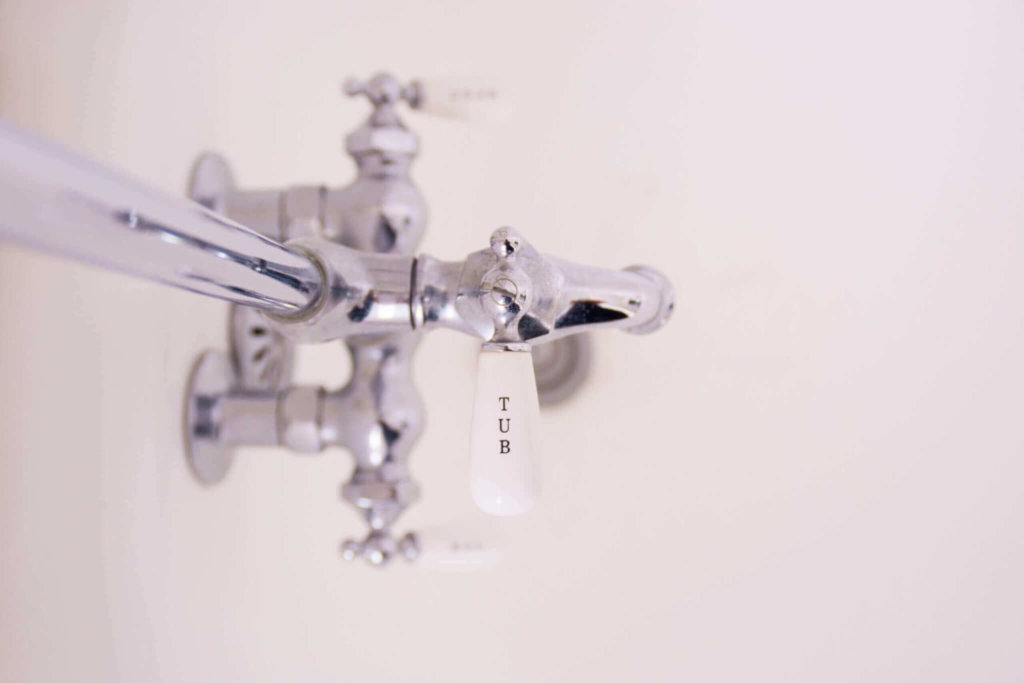
As our parents grow older, it is likely that, at some point, they will experience some level of reduction in their mobility levels. Many older people will make adjustments in their own homes to make life a little easier, but what about in your home?
Bathrooms can present some of the biggest hazards for elderly parents with mobility challenges due to wet surfaces and the need for large movements, whether it’s in and out of the bath or on and off the toilet. This makes it particularly important to accident-proof your bathroom if you have a parent with reduced mobility.
Here are our top tips for adapting your bathroom for older parents.
Declutter your space
Before you begin making large-scale changes to your bathroom, the first thing you should do is declutter your space. Clutter can cause trips and other injuries, so whether you have items on your floor or scattered on surfaces, it’s well worth trying to tidy it away.
In particular, ensure you don’t have any towels or slippery mats on a hard floor, as these could move beneath the feet cause falls. Surface clutter can also cause problems, because items (on the side of the bath, for instance), might fall into the floor, as well as preventing your parent from using surfaces to steady themselves.
Lay anti-slip flooring
The next step you should take to prevent your elderly parents – or anyone – from injuring themselves in your bathroom is to lay anti-slip flooring.
The simplest way to do this is to add non-slip shower mats outside the shower and in the shower tray. There are a variety of options, from anti slip tale to coatings that can be adhered to the floor. Alternatively, you can buy anti-slip tiles so that your entire floor is slip-proof.
Switch to accessible bathroom fittings
If your parent has a physical disability or mobility issues, you might want to consider changing your bathroom fittings to adaptable options.
For example, if your parent has problems with balance or standing up, you could install a shower chair so that they can wash sitting down. In this case you will also need to fit a removable shower head that is mounted in easy access if the chair. You could also add a seat near the sink to allow your parent to recline should they need to while washing their hands.
Grab bars are another great option if your parent is unsteady when moving. Adding one beside the toilet will allow them to assist themselves getting up from or on to the seat. A grab bar in the shower can also be useful for getting in and out safely, or when reaching for items.
If you want to ensure that your parent has the option to take a bath rather than showering, consider purchasing a walk-in bath. Elderly people with mobility issues often do not have the flexibility to get in and out of a normal bath tub, so a walk in option will vastly reduce the chances or falls, strains and other injuries.
Finally, if your parent finds it difficult to stand up from a seated position, you may need to install a raised toilet seat on top of the existing toilet – or opt for a higher model altogether. You can also purchase three-in-one commodes that can be placed over the toilet seat itself and double as another seat.
Consider an alert button
Of course, the major problem with bathroom safety is the fact that the door is always closed – and often locked – so if your parent does hurt themselves, there is often no way of knowing in order to help them.
Luckily, you can install an emergency alert button or cord that they can use if they are in trouble and need assistance, giving you complete peace of mind.
Whether your parent is living with you or just visiting, making your space suitable for their mobility needs is essential to keep them safe and comfortable.
For more advice on making your bathroom accessible, give us a call on 0800 083 2034







